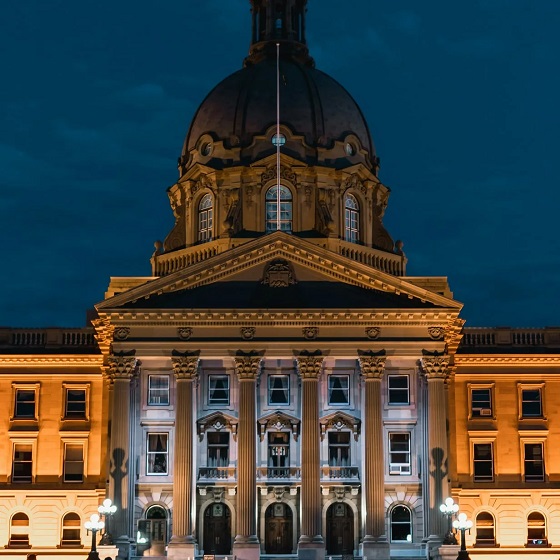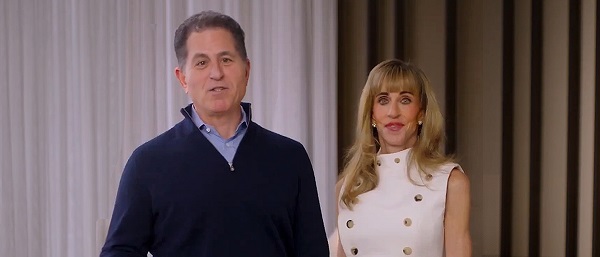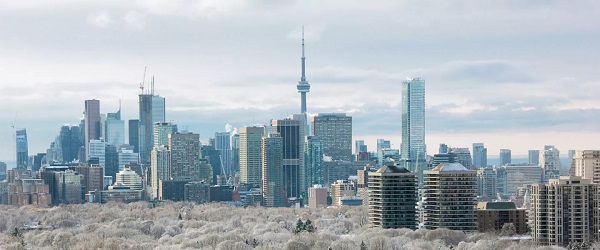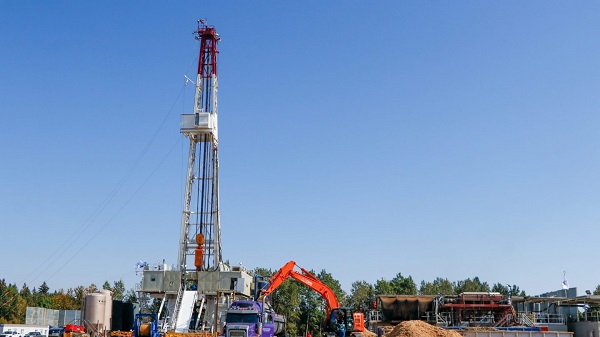Uncategorized
Official: Sri Lanka failed to heed warnings of attacks

COLOMBO, Sri Lanka — Sri Lankan officials failed to heed warnings from intelligence agencies about the threat of an attack by a domestic radical Muslim group that officials blame for Easter Sunday bombings which killed more than 200 people, the country’s health minister said Monday.
The
International intelligence agencies warned of the attacks several times starting April 4, Senaratne said. On April 9, the
It was not immediately clear what action, if any, was taken in response. Authorities said little was known about the group except that its name had appeared in intelligence reports.
Shortly after Senaratne spoke to reporters, a van parked near one of the bombed churches, St. Anthony’s Shrine in Colombo, exploded, sending pedestrians fleeing in panic. While inspecting it, police found three bombs they attempted to defuse but that instead detonated. No injuries were reported.
Also on Monday, police found 87 detonators near Colombo’s main bus depot, officials said. They declined to comment on whether they were linked to Sunday’s attacks.
Because of political dysfunction within the government, Seranatne said, Prime Minister Ranil Wickremesinghe and his Cabinet were kept in the dark about the intelligence until after the attacks.
President Maithrela Sirisena, who was out of the country at the time of the attacks, ousted Wickremesinghe in late October and dissolved the Cabinet. The Supreme Court eventually reversed his actions, but the prime minister has not been allowed into meetings of the Security Council since October.
All of the bombers were Sri Lankan citizens, but authorities suspect foreign links, Senaratne said.
Earlier, Ariyananda Welianga, a government forensic crime investigator, said an analysis of the attackers’ body parts made clear that they were suicide bombers. He said most of the attacks were carried out by individual bombers, with two at Colombo’s Shangri-La Hotel.
The bombings, Sri Lanka’s deadliest violence since a devastating civil war that ended a decade ago, killed at least 290 people with more than 500 wounded, police spokesman Ruwan Gunasekara said.
Two other government ministers also alluded to intelligence failures. Telecommunications Minister Harin Fernando tweeted: “Some intelligence officers were aware of this incidence. Therefore there was a delay in action. Serious action needs to be taken as to why this warning was ignored.” He said his father had heard of a possible attack as well and had warned him not to enter popular churches.
Mano Ganeshan, the minister for national integration, said his ministry’s security officers had been warned by their division about the possibility that two suicide bombers would target politicians.
Cardinal Malcolm Ranjith, the archbishop of Colombo, said the attacks could have been thwarted.
“We placed our hands on our heads when we came to know that these deaths could have been avoided. Why this was not prevented?” he said.
Earlier,
In the civil war, the Tamil Tigers, a powerful rebel army known for its use of suicide bombers, was crushed by the government in 2009, and had little history of targeting Christians. While anti-Muslim bigotry has swept the island in recent years, fed by Buddhist nationalists, the island also has no history of violent Muslim militants. The country’s small Christian community has seen only scattered incidents of harassment in recent years.
The explosions — mostly in or around Colombo, the capital — collapsed ceilings and blew out windows, killing worshippers and hotel guests in one scene after another of smoke, soot, blood, broken glass, screams and wailing alarms.
A morgue worker in the town of Negombo, outside Colombo, where St. Sebastian’s Church was targeted, said many bodies were hard to identify because of the extent of the injuries. He spoke on condition of anonymity.
Nilantha Lakmal, a 41-year-old businessman in Negombo, went with his family to St. Sebastian’s for Easter Mass. He said they all escaped the blast unscathed, but he remains haunted by images of bodies being taken from the sanctuary and tossed into a truck.
At the Shangri-La Hotel, a witness said “people were being dragged out” after the blast.
“There was blood everywhere,” said Bhanuka Harischandra, a 24-year-old from Colombo and founder of a tech marketing company. He was heading to the hotel for a meeting when it was bombed. “People didn’t know what was going on. It was panic mode,” he said.
Most of those killed were Sri Lankans. But the three bombed hotels and one of the churches, St. Anthony’s Shrine, are frequented by foreign tourists, and the ministry of tourism said 39 foreigners from a variety of countries were killed.
The U.S. said “several” Americans were among the dead, while Britain, India, China, Japan and Portugal said they, too, lost citizens.
The streets were largely deserted Monday afternoon, with most shops closed and a heavy deployment of soldiers and police. Stunned clergy and onlookers gathered at St. Anthony’s Shrine, looking past the soldiers to the stricken church.
The Sri Lankan government initially lifted a curfew that had been imposed during the night but reinstated it Monday afternoon. Most social media remained blocked Monday after officials said they needed to curtail the spread of false information and ease tension in the country of about 21 million people.
Prime Minister Wickremesinghe said he feared the massacre could trigger instability, and vowed to “vest all necessary powers with the
The scale of the bloodshed recalled the worst days of the civil war, when the Tamil Tigers, from the ethnic Tamil minority, sought independence from the Sinhalese-dominated country. The Sinhalese are largely Buddhist. The Tamils are Hindu, Muslim and Christian.
Sri Lanka, off the southern tip of India, is about 70% Buddhist. In recent years, tensions have been running high between hard-line Buddhist monks and Muslims.
Two Muslim groups in Sri Lanka condemned the church attacks, as did countries around the world, and Pope Francis expressed condolences at the end of his traditional Easter Sunday blessing in Rome.
Six nearly simultaneous blasts took place in the morning at the shrine and the Cinnamon Grand, Shangri-La and Kingsbury hotels in Colombo, as well as at two churches outside Colombo.
A few hours later, two more blasts occurred just outside Colombo, one at a guesthouse where two people were killed, the other near an overpass, Atapattu said.
Also, three police officers were killed during a search at a suspected safe house on the outskirts of Colombo when its occupants apparently detonated explosives to prevent arrest, authorities said.
Authorities said a large bomb had been found and defused late Sunday on an access road to the international airport.
Air Force Group Captain Gihan Seneviratne said Monday that authorities found a pipe bomb filled with 50 kilograms (110 pounds) of explosives. It was large enough to have caused damage in a 400-meter (400-yard) radius, he said.
Harischandra, who witnessed the attack at the Shangri-La Hotel, said there was “a lot of tension” after the bombings, but added, “We’ve been through these kinds of situations before.”
He said Sri Lankans are “an amazing bunch” and noted that his social media feed was flooded with photos of people standing in long lines to give blood.
___
Associated Press journalists Gemunu Amarasinghe in Negombo, Sri Lanka, Rishabh Jain in Colombo and Sheila Norman-Culp in London contributed to this report.
Bharatha Mallawarachi And Krishan Francis, The Associated Press
Uncategorized
Cost of bureaucracy balloons 80 per cent in 10 years: Public Accounts

The cost of the bureaucracy increased by $6 billion last year, according to newly released numbers in Public Accounts disclosures. The Canadian Taxpayers Federation is calling on Prime Minister Mark Carney to immediately shrink the bureaucracy.
“The Public Accounts show the cost of the federal bureaucracy is out of control,” said Franco Terrazzano, CTF Federal Director. “Tinkering around the edges won’t cut it, Carney needs to take urgent action to shrink the bloated federal bureaucracy.”
The federal bureaucracy cost taxpayers $71.4 billion in 2024-25, according to the Public Accounts. The cost of the federal bureaucracy increased by $6 billion, or more than nine per cent, over the last year.
The federal bureaucracy cost taxpayers $39.6 billion in 2015-16, according to the Public Accounts. That means the cost of the federal bureaucracy increased 80 per cent over the last 10 years. The government added 99,000 extra bureaucrats between 2015-16 and 2024-25.
Half of Canadians say federal services have gotten worse since 2016, despite the massive increase in the federal bureaucracy, according to a Leger poll.
Not only has the size of the bureaucracy increased, the cost of consultants, contractors and outsourcing has increased as well. The government spent $23.1 billion on “professional and special services” last year, according to the Public Accounts. That’s an 11 per cent increase over the previous year. The government’s spending on professional and special services more than doubled since 2015-16.
“Taxpayers should not be paying way more for in-house government bureaucrats and way more for outside help,” Terrazzano said. “Mere promises to find minor savings in the federal bureaucracy won’t fix Canada’s finances.
“Taxpayers need Carney to take urgent action and significantly cut the number of bureaucrats now.”
Table: Cost of bureaucracy and professional and special services, Public Accounts
| Year | Bureaucracy | Professional and special services |
|
$71,369,677,000 |
$23,145,218,000 |
|
|
$65,326,643,000 |
$20,771,477,000 |
|
|
$56,467,851,000 |
$18,591,373,000 |
|
|
$60,676,243,000 |
$17,511,078,000 |
|
|
$52,984,272,000 |
$14,720,455,000 |
|
|
$46,349,166,000 |
$13,334,341,000 |
|
|
$46,131,628,000 |
$12,940,395,000 |
|
|
$45,262,821,000 |
$12,950,619,000 |
|
|
$38,909,594,000 |
$11,910,257,000 |
|
|
$39,616,656,000 |
$11,082,974,000 |
Uncategorized
Trump Admin Establishing Council To Make Buildings Beautiful Again


From the Daily Caller News Foundation
By Jason Hopkins
The Trump administration is creating a first-of-its-kind task force aimed at ushering in a new “Golden Age” of beautiful infrastructure across the U.S.
The Department of Transportation (DOT) will announce the establishment of the Beautifying Transportation Infrastructure Council (BTIC) on Thursday, the Daily Caller News Foundation exclusively learned. The BTIC seeks to advise Transportation Secretary Sean Duffy on design and policy ideas for key infrastructure projects, including highways, bridges and transit hubs.
“What happened to our country’s proud tradition of building great, big, beautiful things?” Duffy said in a statement shared with the DCNF. “It’s time the design for America’s latest infrastructure projects reflects our nation’s strength, pride, and promise.”
“We’re engaging the best and brightest minds in architectural design and engineering to make beautiful structures that move you and bring about a new Golden Age of Transportation,” Duffy continued.
Mini scoop – here is the DOT’s rollout of its Beautifying Transportation Infrastructure Council, which will be tasked with making our buildings beautiful again. pic.twitter.com/
9iV2xSxdJM — Jason Hopkins (@jasonhopkinsdc) October 23, 2025
The DOT is encouraging nominations of the country’s best architects, urban planners, artists and others to serve on the council, according to the department. While ensuring that efficiency and safety remain a top priority, the BTIC will provide guidance on projects that “enhance” public areas and develop aesthetic performance metrics.
The new council aligns with an executive order signed by President Donald Trump in August 2025 regarding infrastructure. The “Making Federal Architecture Beautiful Again” order calls for federal public buildings in the country to “respect regional architectural heritage” and aims to prevent federal construction projects from using modernist and brutalist architecture styles, instead returning to a classical style.
“The Founders, in line with great societies before them, attached great importance to Federal civic architecture,” Trump’s order stated. “They wanted America’s public buildings to inspire the American people and encourage civic virtue.”
“President George Washington and Secretary of State Thomas Jefferson consciously modeled the most important buildings in Washington, D.C., on the classical architecture of ancient Athens and Rome,” the order continued. “Because of their proven ability to meet these requirements, classical and traditional architecture are preferred modes of architectural design.”
The DOT invested millions in major infrastructure projects since Trump’s return to the White House. Duffy announced in August a $43 million transformation initiative of the New York Penn Station in New York City and in September unveiledmajor progress in the rehabilitation and modernization of Washington Union Station in Washington, D.C.
The BTIC will comprise up to 11 members who will serve two-year terms, with the chance to be reappointed, according to the DOT. The task force will meet biannually. The deadline for nominations will end Nov. 21.
-

 Business1 day ago
Business1 day agoWhy Does Canada “Lead” the World in Funding Racist Indoctrination?
-

 Focal Points2 days ago
Focal Points2 days agoPharma Bombshell: President Trump Orders Complete Childhood Vaccine Schedule Review
-

 Alberta2 days ago
Alberta2 days agoPremier Smith: Canadians support agreement between Alberta and Ottawa and the major economic opportunities it could unlock for the benefit of all
-

 Automotive1 day ago
Automotive1 day agoTrump Deals Biden’s EV Dreams A Death Blow
-
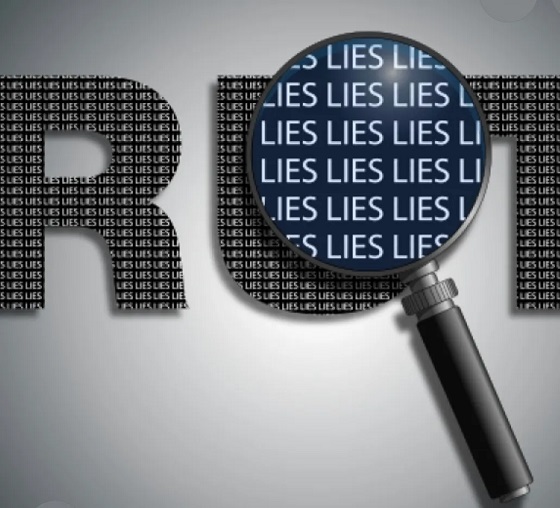
 Media24 hours ago
Media24 hours agoThey know they are lying, we know they are lying and they know we know but the lies continue
-

 Censorship Industrial Complex2 days ago
Censorship Industrial Complex2 days agoFrances Widdowson’s Arrest Should Alarm Every Canadian
-

 Automotive1 day ago
Automotive1 day agoCanada’s EV Mandate Is Running On Empty
-

 Opinion2 days ago
Opinion2 days agoCountry music star Paul Brandt asks Parliament to toughen laws against child porn




